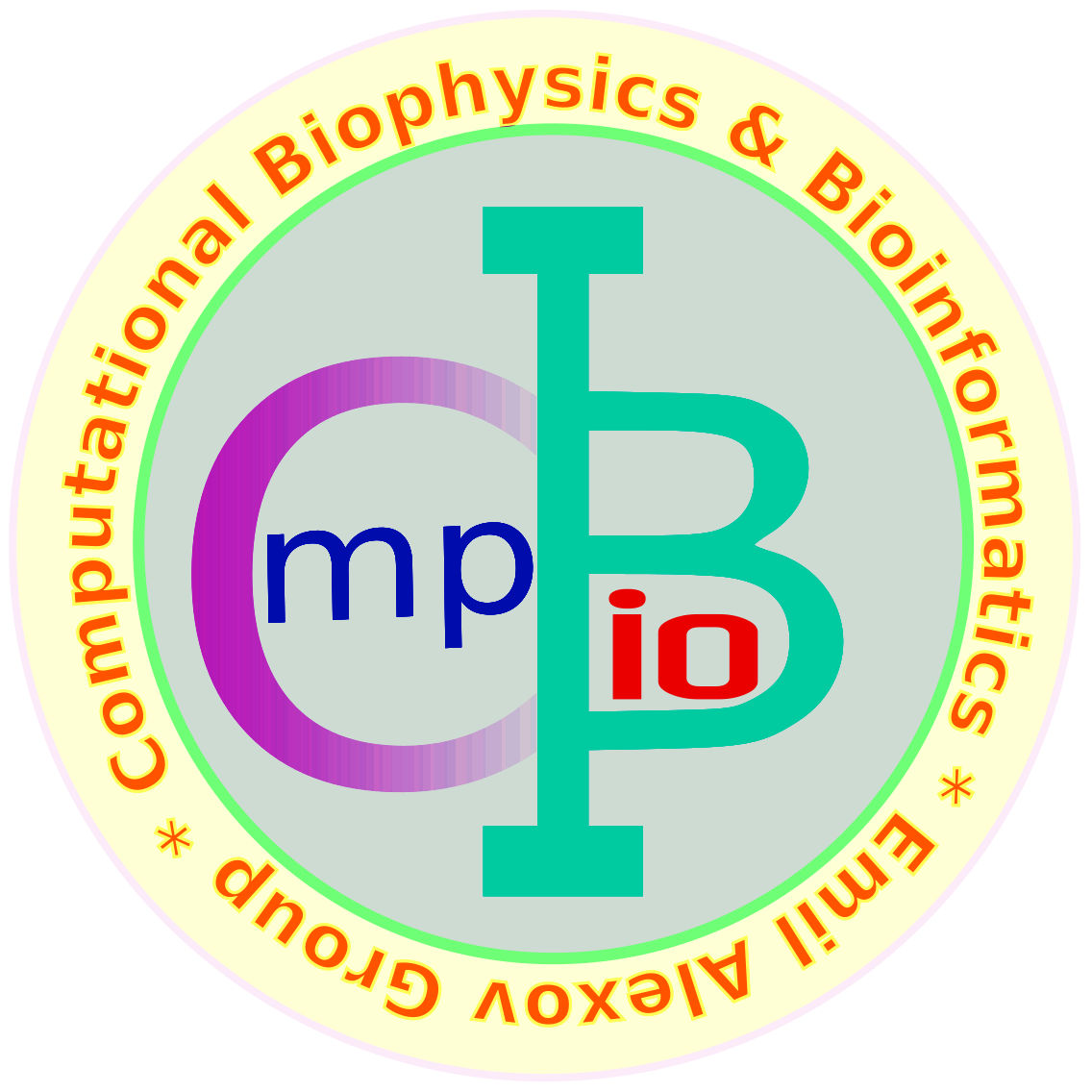
Computational Biophysics and Bioinformatics
Professor Emil Alexov Group



DelPhi Software Management and Development
Supported by a grant from NIGMS, NIH, grant number: R01 GM093937, R35 GM151964 and NSF DMS-1812930
One of the main problems in modeling the electrostatic potential of biological macromolecules is that they exist in water at a given ionic strength and that they have an irregular shape. Analytical solutions of the corresponding Poisson-Boltzmann Equation (PBE) are not available for such cases and the distribution of the potential can be found only numerically. DelPhi, developed in Professor Barry Honig's lab in 1986, was the first PBE solver used by many researchers. The widespread popularity of DelPhi is due to its speed, accuracy (calculation of the electrostatic free energy is only slightly dependent on the resolution of the grid) and the ability to handle extremely high grid dimensions (more than 1,000 x 1,000 x 1,000). Current version comes with OpenMP and MPI options and distributed memory. Additional features such as assigning different dielectric constants to different regions of space (Fortran version), Gaussian-based smooth dielectric function, calculating Zeta-potential, modeling salt via modified Boltzmann factor and without sharp border between solute-solvent also attracted many researchers. In addition to the typical potential map, DelPhi can generate and output the calculated distribution of either the dielectric constant or ion concentration, providing the biomedical community with extra tools for their research. New tools include DelPhiPKa, DelPhiForce. BION and tools for mutational analysis. DelPhi is maintained and developed by the "DelPhi Development Team" at Clemson University. Delphi reference papers can be found here: papers. Please refer to our Wikipedia page for more help.
Delphi Tutorial